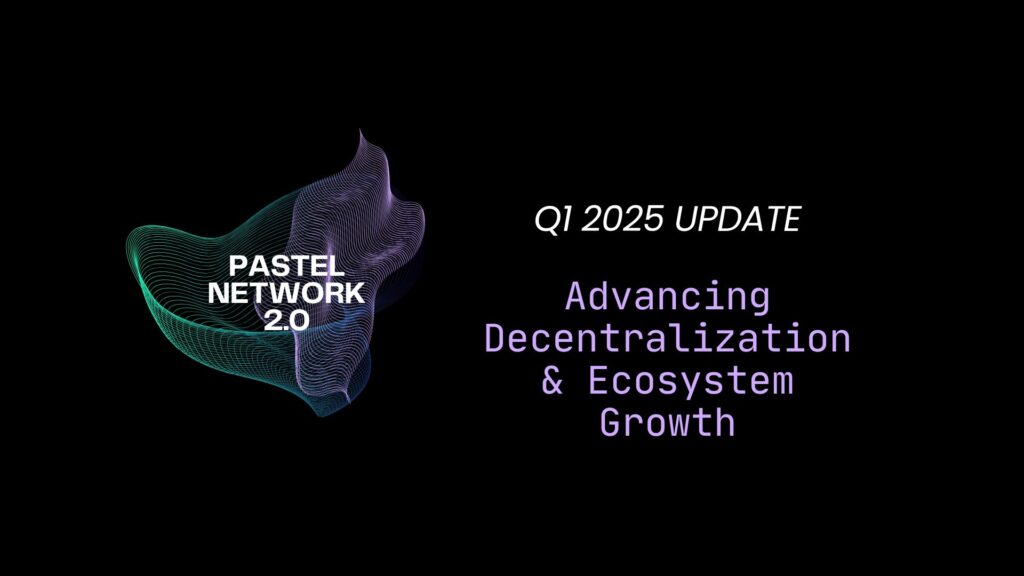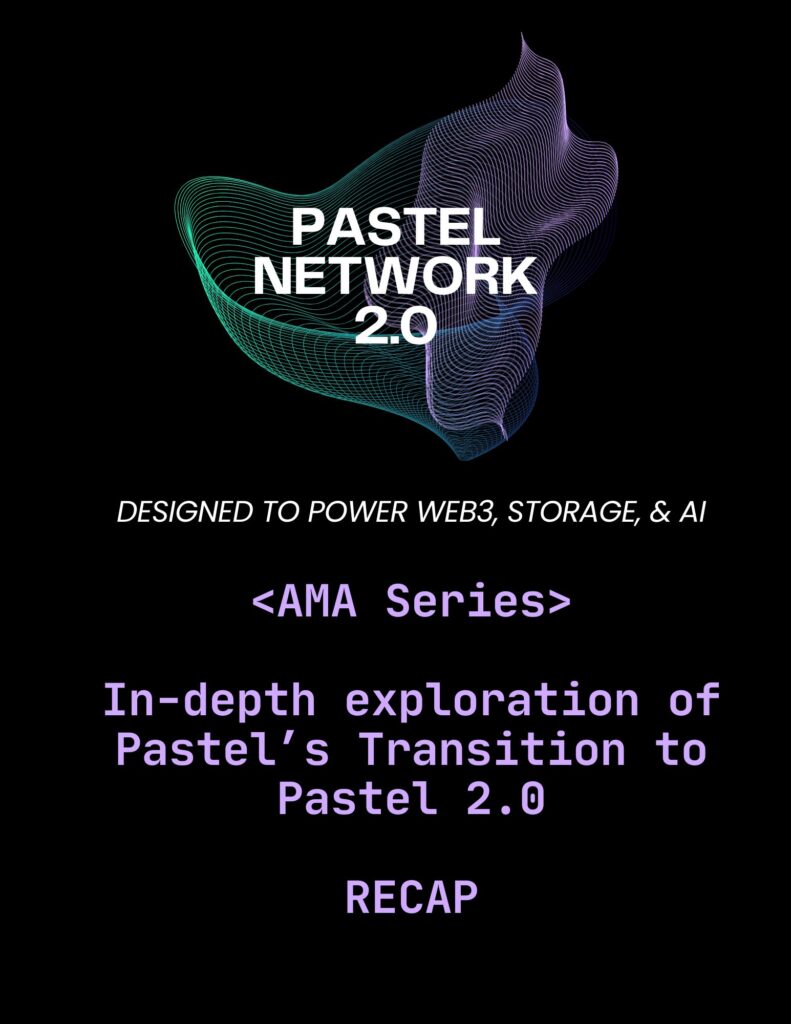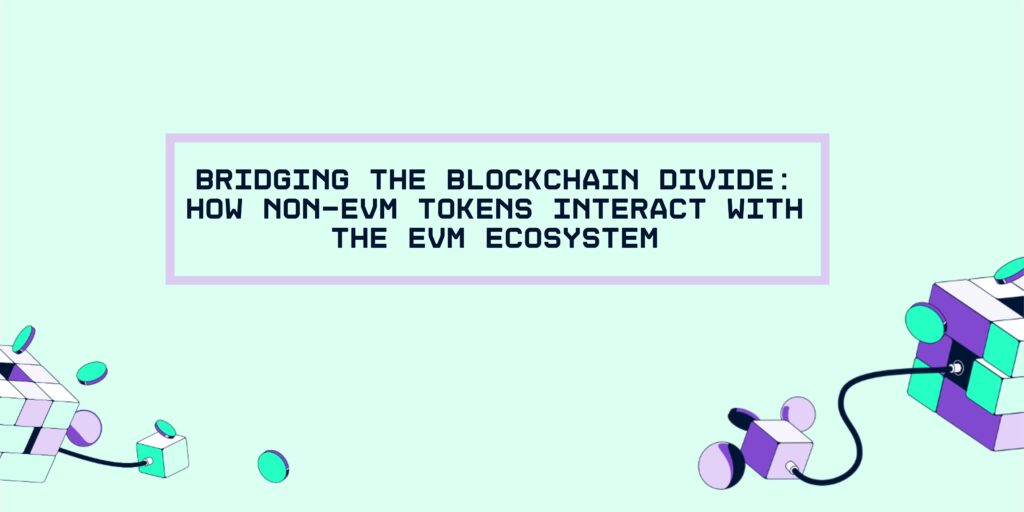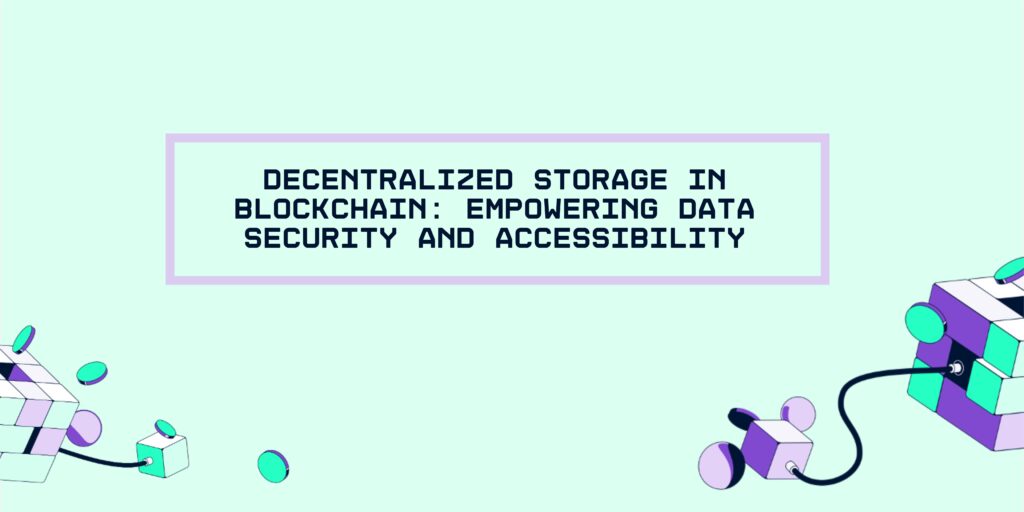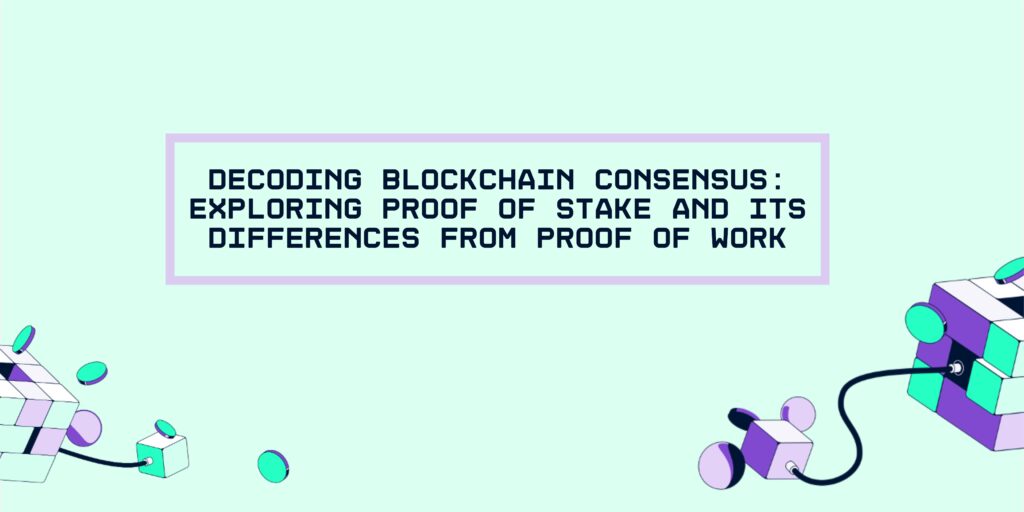Pastel Network is excited to announce that it’s teaming up with Ava Labs — the builders behind Avalanche. Ava Labs will collaborate with Pastel with the goal of providing Pastel’s Sense and Cascade protocols to Avalanche’s NFT ecosystem. This collaboration signifies the continued successes of both Pastel and Ava Labs, and is a massive step forward for the overall NFT ecosystem. It is a testament to the growing need for NFT reliability, security and verifiability, solved via Pastel’s advanced infrastructure.
What is Ava Labs?
Ava Labs is the team behind the Avalanche — the fastest smart contracts platform in the blockchain industry, as measured by time-to-finality, and has the most validators securing its activity of any proof-of-stake protocol.
Ava Labs makes it simple to launch a number of different Web3 applications using blockchain technology–with highly scalable and efficient networks, customizable public and private blockchains, the capability to create any digital asset, and more.
What is Avalanche?
Avalanche is an open-source platform for launching decentralized applications and enterprise blockchain deployments in one interoperable, highly scalable ecosystem. Avalanche is the first decentralized smart contracts platform built for the scale of global finance, with near-instant transaction finality. Ethereum developers can quickly build on Avalanche as Solidity works out-of-the-box. an open, programmable smart contracts platform for decentralized applications. It also provides the foundation to scale to millions of validators with minimal hardware.
Additionally, Avalanche employs a novel approach to consensus to achieve its strong safety guarantees, quick finality, and high-throughput without compromising decentralization.
What does a Pastel Collaboration mean for the Avalanche ecosystem?
In the immediate term, we are excited to collaborate with Ava Labs to bring our mission-critical Web3 protocols to the Avalanche Ecosystem, which can be integrated seamlessly across all native layer-1s and layer-2 dApps. We will specifically work with Avalanche’s NFT dApps to integrate Pastel’s:
- Near-Duplicate NFT Detection (Sense) → Deep-learning technology that assesses the relative rareness between NFTs to detect counterfeits, scams, or copyright infringement and provide a certification of authenticity.
- NFT Data & Metadata Storage (Cascade) → Fully distributed, permanent and entirely redundant storage protocol. Pay once and store forever. Prevent centralized points of failure, monthly subscription maintenance, IPFS pinning & 404 errors.
Given the lightweight nature of these protocols and their interoperability as Web3 Open APIs, any Avalanche ecosystem member will be able to directly access Pastel’s near-duplicate NFT detection and store NFT metadata in a cryptographically secure, redundant, and distributed manner.
In the medium and long term, we will work directly with Ava Labs to develop fully decentralized and trustless interoperability. Initially, we can support functionality that allows users to call an API endpoint via RPC-URL to an open Pastel Client when compiling smart contracts on the C-Chain or during mint. Both of these would be done on the front end. When data is posted, they get the respondent URI which is stored as state variables. Ultimately, over time, Pastel will deploy its own subnet to allow for direct communication with C-Chain and other subnets along with cross-chain transactions (including asset bridging).
With this type of interoperability, Pastel and Ava Labs can bring decentralized NFT permanence and security to the entire ecosystem.
How does the integration work?
Pastel Network has not only worked relentlessly to develop incredible infrastructure for the NFT ecosystem, but to also deliver it to network partners in a lightweight, seamless manner. Partners of the Pastel Network such as Ava Labs and along with other native blockchains or dApps communicate directly with Pastel via open Web3 APIs.
During NFT minting on Avalanche, secure and authenticated REST API calls pass the hash of the candidate NFT to Pastel Network. The return responses — 1) a JSON file with the relative rareness score in the case of Sense and 2) the SHA3–256 hash for the JSON file stored in Kademlia which itself contains the SHA3–256 hashes of the set of redundant copies of the JSON files in Kademlia — are signed by randomly selected SuperNodes operating on the Pastel Network. Smart tickets write and store the outputs to the Pastel blockchain, which is returned to Avalanche and included as additional Response fields in its NFT standard.
We are very excited to embark on this relationship and look forward to sharing more great news with the entire community.
If interested in learning more about Pastel and these revolutionary protocols, please see below:
Pastel Overview: https://pastelnetwork.wpengine.com/
Pastel Docs (more technical): https://docs.pastel.network/introduction/pastel-overview
Sense Protocol: https://sense.pastel.network/
Cascade Protocol: https://cascade.pastel.network/
About Pastel Network
Pastel Network is a fully decentralized, developer-friendly layer-1 blockchain serving as the preeminent protocol standard for non-fungible tokens (“NFTsâ€) and Web3 technology.
Pastel allows for the development of third-party decentralized-applications (“DAppsâ€) to sit on top of its Network, enabling developers to enjoy the scalable registration features, storage processes, and security of the broader ecosystem. Lightweight protocols such as Sense — which was built to assess the relative rareness of a given NFT against near-duplicate metadata — and Cascade — which conducts permanent, distributed storage of underlying NFT data — can be integrated cross-chain across various layer-1 blockchains, layer-2 protocols, or other third-party apps.
Pastel is managed by world-class developers, cryptographers, and technologists, supported alongside an experienced and extensive network of marketers, influencers, and third-party agencies. Pastel is backed by key stakeholders including Innovating Capital, a prominent venture fund.
For more information on Pastel Network, visit https://pastelnetwork.wpengine.com/.
Originally Published on Pastel Network’s Medium

